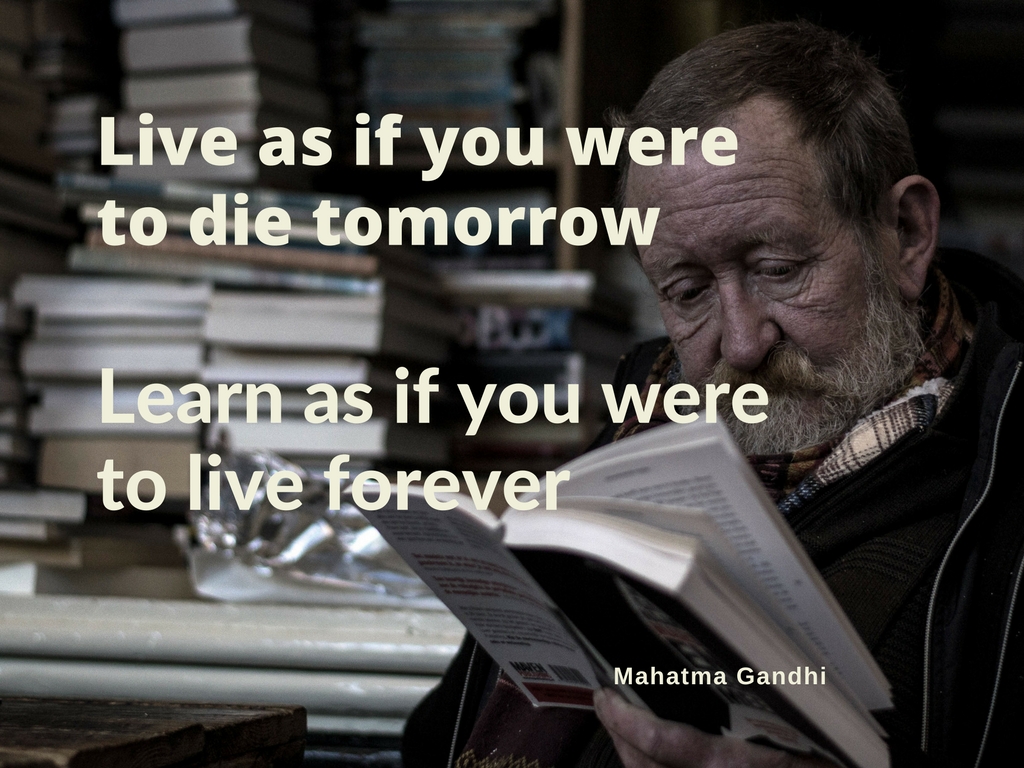Learning something new is always an exciting endeavour to commence. The problem is that most of us get wrapped up in busy distractions throughout the day that we can never find the time to learn the new skill we want.
Instead of using our time to sit through long lectures and lengthy video courses, we can take advantage of all the websites that can help us learn something new in 30 minutes or less.
This article provides a list of 10 learning websites for different categories of subjects:
1. Lynda : Over 1,000 courses with a 10-day free trial to develop your skills in business, photoshop, software, and much more.
2. Skillshare: Ten dollars per month gets you access to on-demand courses taught by leading experts.
3. Hackaday: Tips to make your life better and more productive. Just 5 minutes a day is all you need to learn new life hacks to improve your lifestyle.
4. Codeacademy: Helps anyone build a website through an interactive learning method. Learn any programming language from HTML, CSS, Javascript, Ruby on Rails, and more.
5. 7-min: In just 7 minutes, this website will go through dozens of routines to get you in shape and ready for the day ahead.
6. Calm: Different types of meditation whit a teacher to guide you step-by-step through the process, even if it’s your first time trying meditation.
7. Highbrow: Bite-sized email courses delivered to your inbox every morning to learn everything from film history, marketing, business, and more.
8. Big Think: Learn from the world’s experts about scientific breakthroughs, revolutionary business concepts, and more in short, chunk-sized videos.
9. Khan Academy: Salman Khan breaks down complicated subjects into simplified concepts to help you understand them in minutes.
10. Rype: Unlimited 1-on-1 private language lessons with professional teachers around the world. Each lesson is just 30 minutes, allowing you to fit learning a language into your busy lifestyle.

Image Source: Pixabay






 Image source: Pixabay —
Image source: Pixabay — 

Recent Comments